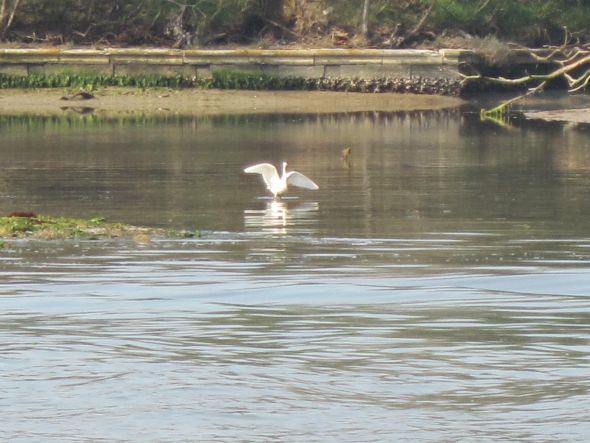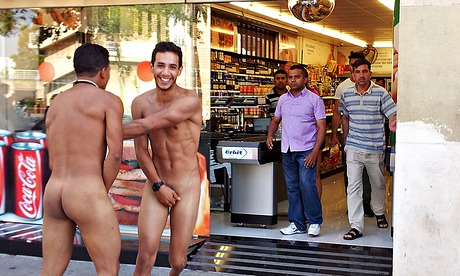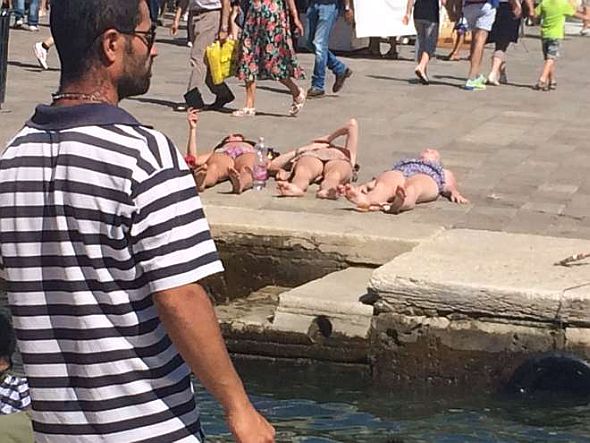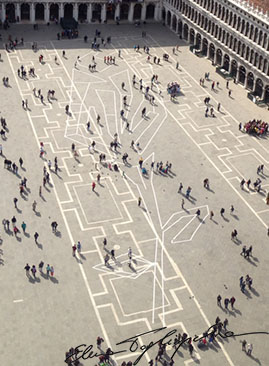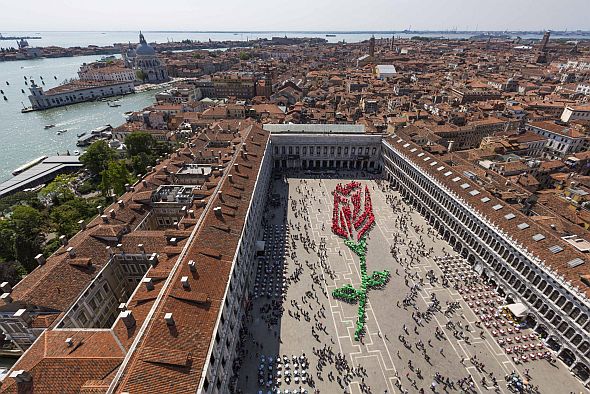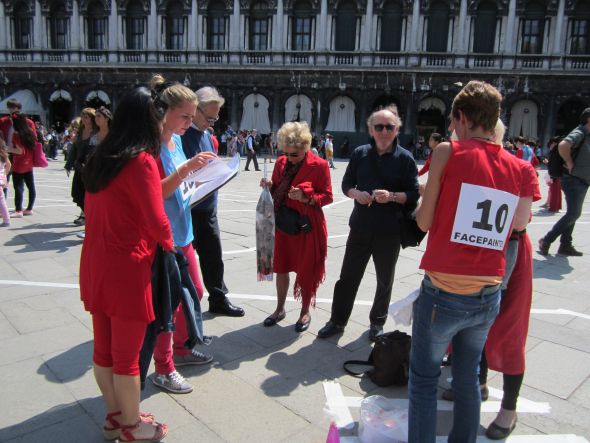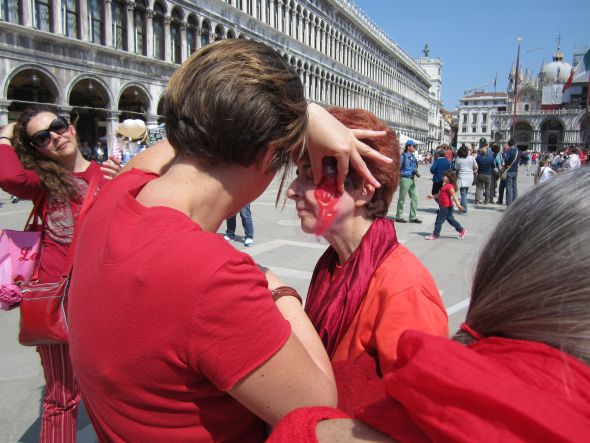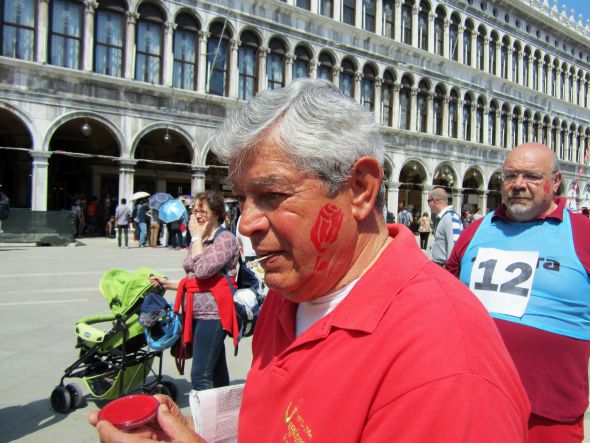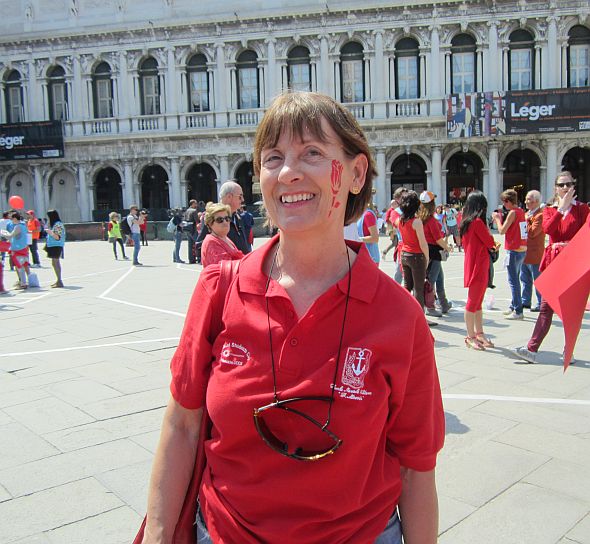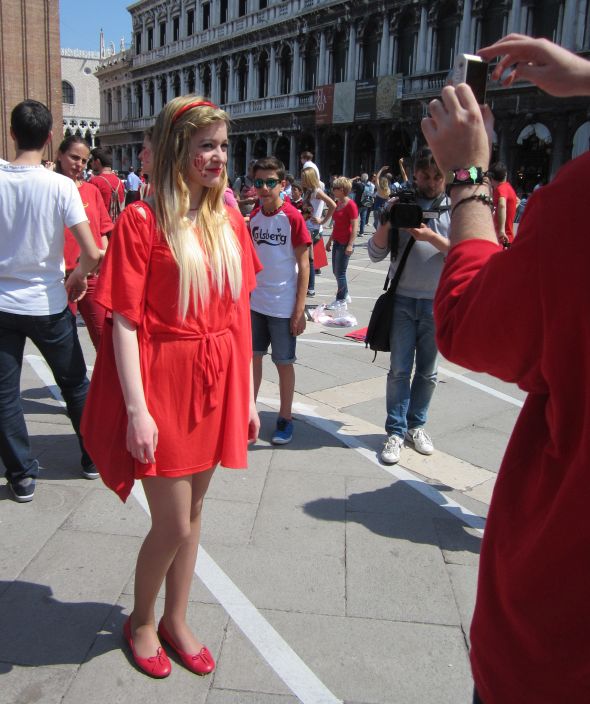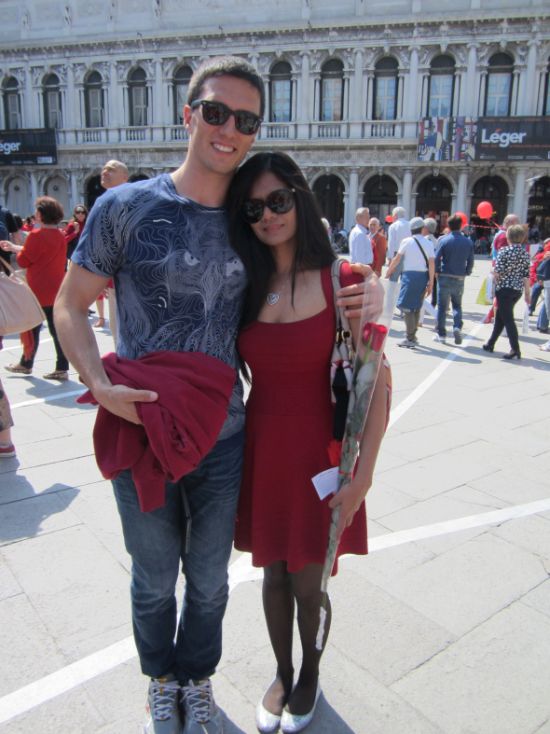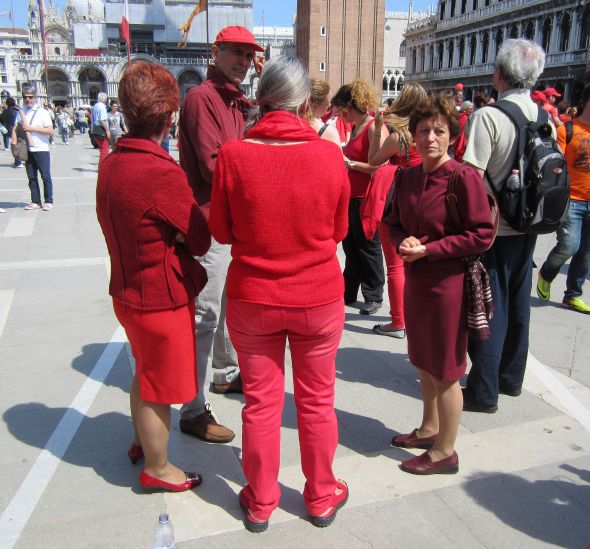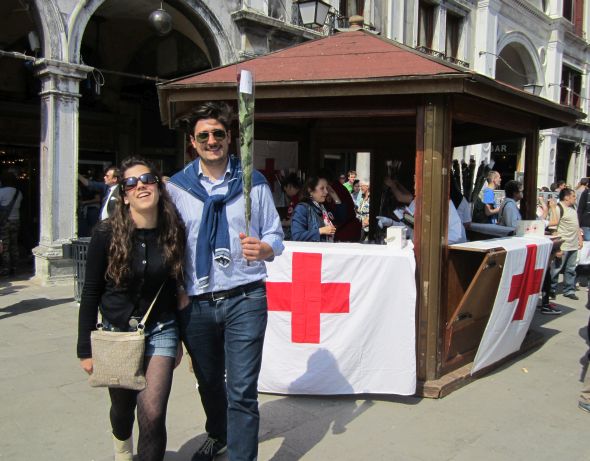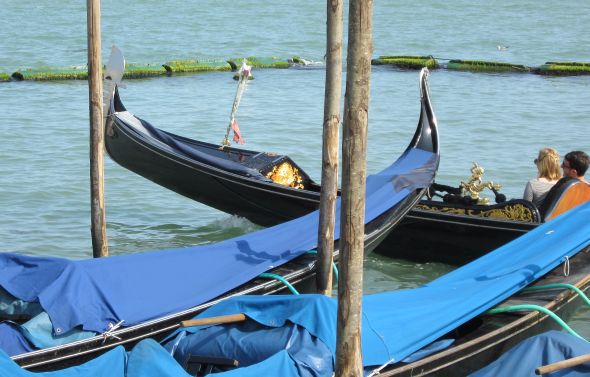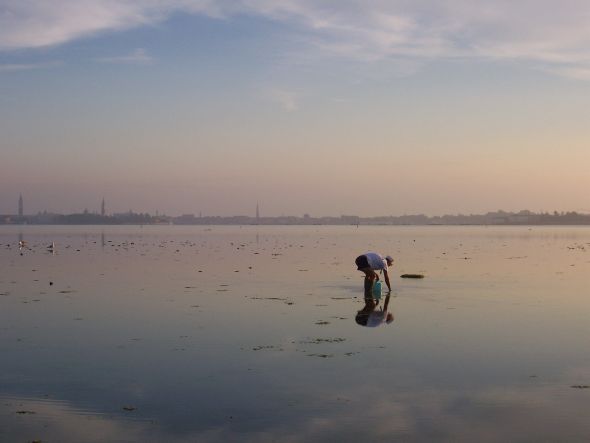
This is an unusual step for me, but I think it’s worth it. Even though I don’t place much trust in the power of petitions, maybe this time it will be different.
In any case, I’d like to inform you of one which has gone from 700 to 20,000 signatures and counting in about ten days. I think that means something.
“Gruppo 25 aprile” is a new group of Venetians and Venice-lovers which is concentrating its efforts on stopping the digging of the “Canale Contorta.” Its reasons are shared by many scientific and environmental experts, not to mention a huge percentage of everyday Venetians.
Once the subject of the big cruise ships and their potential to damage Venice became one of the hottest debates and power struggles of the year, the need for finding an alternate route from the Adriatic to Venice obviously became paramount. My own opinion is that any “cure” they find will be worse than the “disease” (i.e., the ships in the Bacino of San Marco) — or, as the Venetians put it, el tacon xe pezo del buso (the patch is worse than the hole).
Many solutions have been proposed, but only one had the political muscle behind it to get itself officially considered by the “Comitatone” (“Big Committee”) in Rome, which had the power to decide yes or no. That “solution” is the dredging of the Canale Contorta.

Thanks to a calculated maneuver by its promoters, the meeting at which the decision was to be made was held in August. (“August” is Italian for “vacation.”)
As Marco Gasparinetti, the coordinator of Gruppo 25 aprile, explains (translated by me from the Gazzettino):
“The decision of the Comitatone on August 8 was a summer blitz with which they hoped to surprise a city on vacation. But the city is fed up with being expropriated from the decisions which concern it, and this time is going to make its voice heard.”
The political vacuum in Venice since the government fell on June 4 has at least one positive aspect, and that is that finally there seems to be some possibility that the voices of Venetians might be heard somewhere beyond their living rooms and favorite bars. Yes, there is chaos in almost every aspect of daily life here now, but the fact that essentially only one man is in charge — Vittorio Zappalorto, the Commissario who is temporary governor — means that the city is less strangled by the political and bureaucratic tentacles of the past 20 years. It’s as if — to try another metaphor — a colossal dose of drain cleaner has ripped through the city’s emotional and civic pipes.
Back to the Canale Contorta. It may not be too late to stop it. Therefore Gruppo 25 aprile has created a petition addressed to Prime Minister Matteo Renzi, as well as all the ministers concerned (Environment, Infrastructure and Transport, Culture, etc.) urging them to withdraw the hasty approval of what it (and I) regard as a catastrophic move, the last nail in the coffin of the lagoon after the drastic effects of the MOSE floodgates, not to mention the Canale dei Petroli (“Petroleum Canal”), dug in 1969.
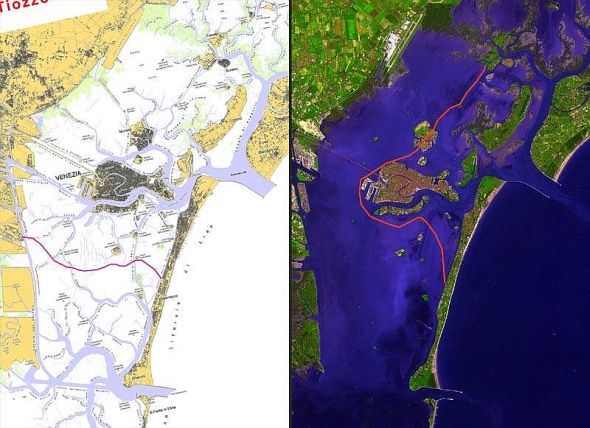
The page connected to the link above shows a map (left) from the 1980’s which outlines the major and some minor natural channels (ghebi) which used to cross and re-cross the lagoon. It represents a complex biological realm which the effects caused by the Canale dei Petroli, in 40 years, has done much to destroy, as shown by the NASA satellite image made in 2002 (right). Do you see ghebi? I see just a broad, anonymous stretch of bottom. That’s what the fish see, too.
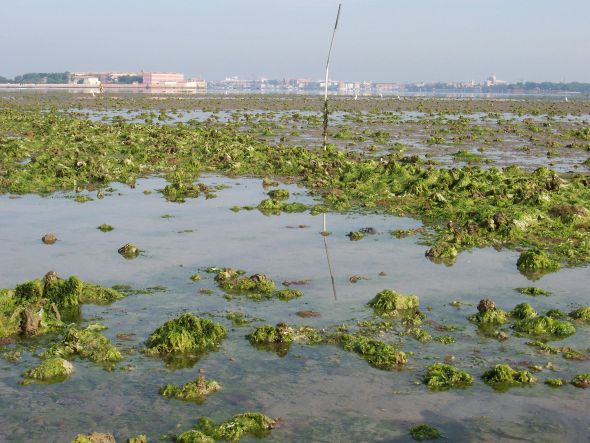
Here is a section of a brief but pointed piece by Tom Spencer, reader in coastal ecology and geomorphology at the University of Cambridge, and director of the Cambridge Coastal Research Unit:
Coastal lagoons are transitional environments between fully terrestrial and fully marine conditions; in the absence of direct human intervention, their long-term tendency is to infill with sediments. Over the centuries, the Venetian Republic was instrumental in maintaining this vital yet delicate land/sea balance, starting with the huge undertaking to divert the main rivers in the 16th century and stop the region from silting up altogether.
Since that time, however, historical and near contemporary records of changing patterns of lagoonal topography and water depth; tidal currents; and sediment transport from the lagoon to the sea all show unequivocally that the current lagoon is moving in the opposite direction, becoming a downward-eroding, sediment-exporting system. It is thus on a trajectory that will turn it into a fully marine bay. That this process is well underway is evidenced by the appearance of plant and animal species in the lagoon that are characteristic of marine environments.
We may argue about the velocity of this trajectory but the evidence for such a trend, clearly related to a whole series of human interventions from the late 18th century to the present, is not in doubt. As wave height and tidal flows are strongly influenced by water depth, such a shift has critical importance for the sustainability of the historic core of Venice itself. If we drill down into the detail behind this general trend, it is clear that the excavation of two large canals (Canale Vittorio Emanuele, around 1925, and Canale Malamocco Marghera, around 1969) produced strong transversal currents across the original tidal network, with consequent siltation of channels and erosion of adjacent shallows.
There is one simple question that needs to be answered. Can we be assured that the large-scale excavation of the Canale Contorta will not have the same effect and not give the Venice lagoon a further shove in the direction of yet more environmental degradation and urban vulnerability?
The petition asks the national government to reconsider all the proposals. That seems like an extremely modest request.
The petition can be signed online. Here is the link explaining their position, with the possibility of signing. (“Firma” means “signature.”)
Or, you can copy and paste:
http://www.change.org/p/stop-the-plan-to-dredge-the-maxi-canal-contorta-in-venice-before-it-s-too-late
If anyone might be tempted to suppose that Venice can be happy and healthy in the middle of a maimed and deformed lagoon, that person should consider this: That the water through the Canale Contorta will enter or leave the lagoon with a force and a quantity that will endanger the city to a degree that the biggest cruise ship could never dream of.
